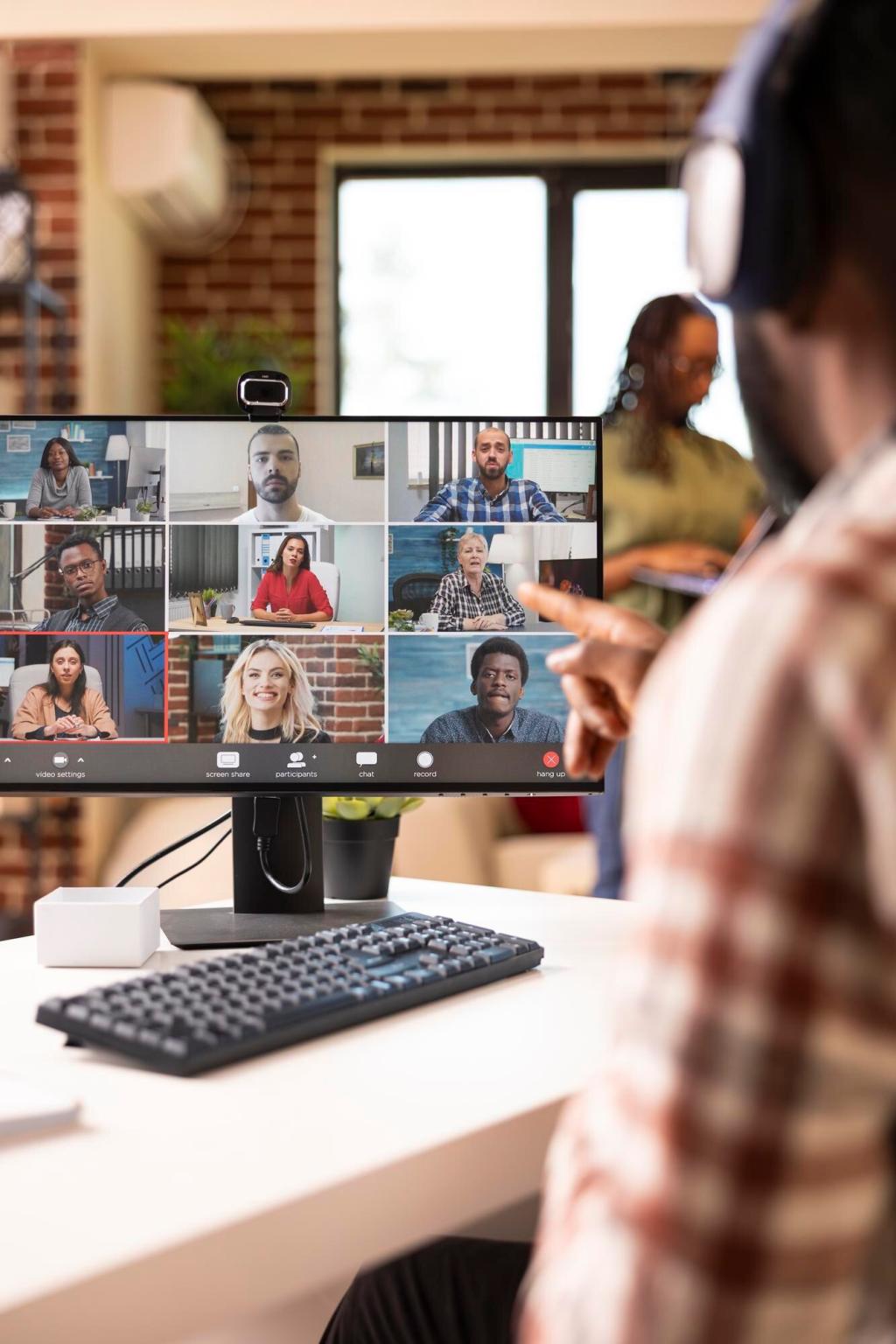Why Collaboration Platforms Matter for Remote Teams
Distributed teams thrive when conversations, files, and decisions live together in searchable spaces. A unified platform prevents conflicting versions, keeps context intact, and helps new members ramp faster. Share how your team maintains clarity when messages multiply and projects evolve across time zones.
Why Collaboration Platforms Matter for Remote Teams
Threaded discussions, quick reactions, and smart mentions reduce the noise that derails focus. Instead of chasing emails, teams meet in channels where intent is visible. What feature most reduced your back-and-forth, and how did it free time for deep work and creative problem-solving?
Why Collaboration Platforms Matter for Remote Teams
Asynchronous updates ensure progress continues while someone sleeps. Recaps and highlights transform late-night posts into morning clarity. Tell us how your team captures decisions, summarizes key points, and ensures nobody misses critical context during those inevitable handoffs across continents.








